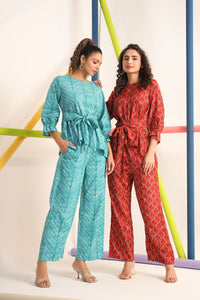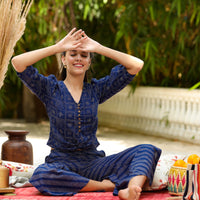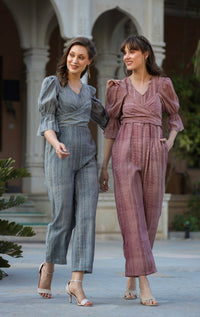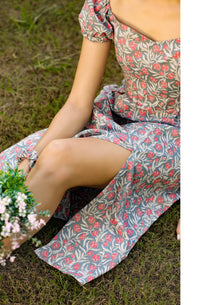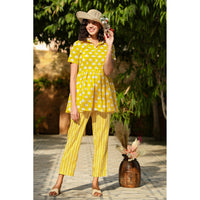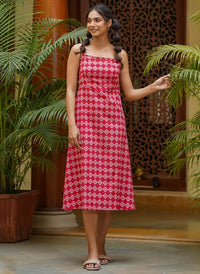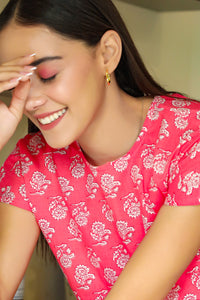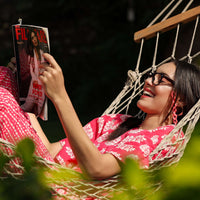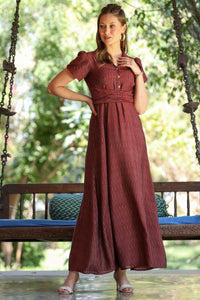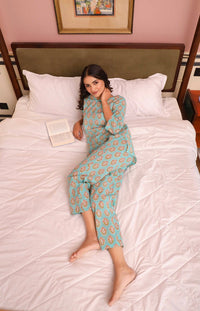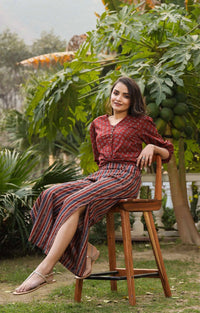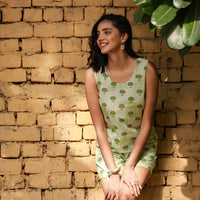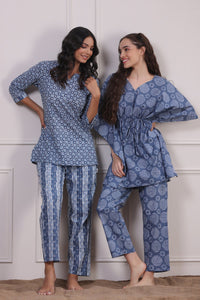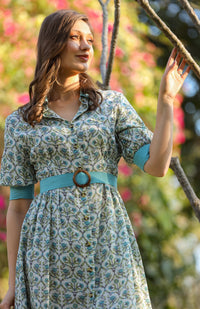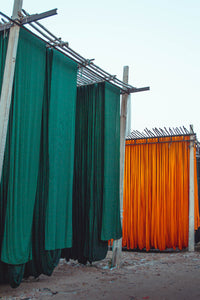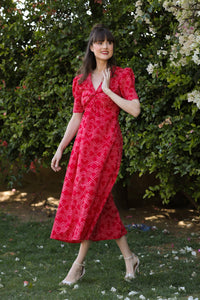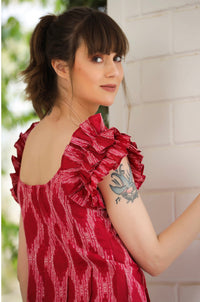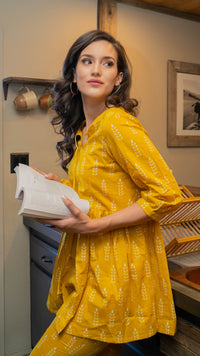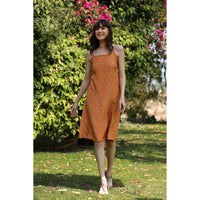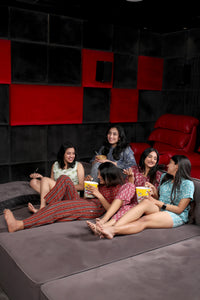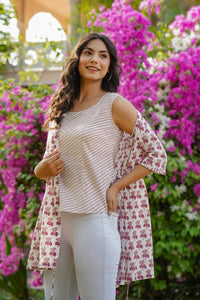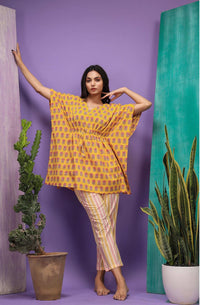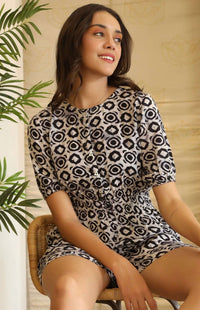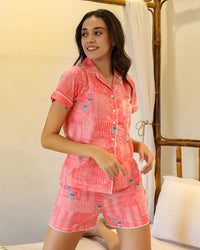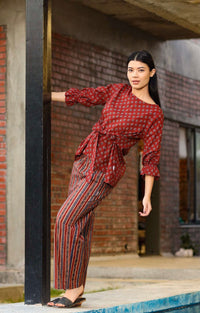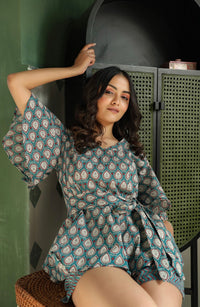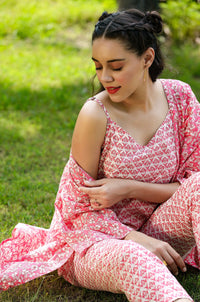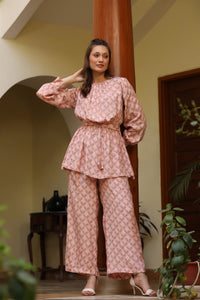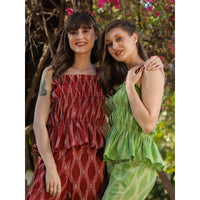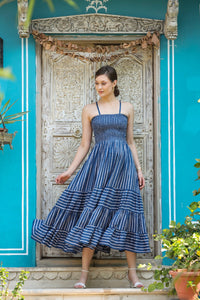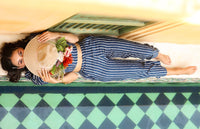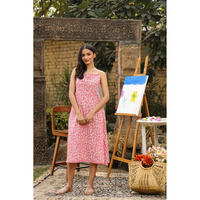OLD MEETS NEW
“History repeats itself”. Yes, it surely does.
We’ve witnessed the truth in this statement, time and again. And there’s no denying the fact that everything, even fashion, tends to complete a full circle.
Indian antiquity has presented to us an array of block prints and motifs that have been carved on numerous architectural monuments and later put to use by the textile industry on fine brocade, silk and cotton. The emergence of block printing on fabric was introduced a hundred generations ago and has continued to live with us through kalamkari printing, ajrakh printing and so on.
Floral motifs which are globally celebrated were initially created in India and so were Mandalas.
The sarees, salwars and various traditional clothes spun in our subcontinent were home to these indigenous prints and motifs.
But soon enough, with colonialism and its hangover after the 200 years of struggle changed our lives intrinsically. It changed the way we perceived education, ate our food and draped our clothes. Westernization occurred in all spheres of Indian lives and soon we were introduced to Western fashion.
The rich benarasis and the royal brocades in our foremother’s wardrobes were gradually replaced by denim skirts and dungarees.
The salwar makers were replaced by gown makers.
The old and culturally rich designers were replaced by Forever 21 and Urbanic.
Although there was all this western jazz penetrating the Indian Diaspora, there still existed a major chunk of the populace which couldn’t weave imaginations beyond our very indigenous roots in textile.
As much as we love our shorts and berets, we are undeniably hinged to our classic royal prints and mandalas and angrakhas. A wedding isn’t an Indian wedding without those gold jhumkas and lehengas and rightfully so.
The amount of diversity present in Indian fashion geographically is insane and this allows us to have a versatile wardrobe even when we are sticking to our roots solely. But the comfort we’ve received from those summer dresses and co-ord sets is almost impossible to compromise. Not only is it the comfort, it’s also the modern and progressive element present in the western genre of clothing that makes us feel empowered and most importantly, self-reliant.
This leads to trouble in heaven - we are torn between our kurtas and our summer dresses. We want the comfort of a co-ord set yet expect the richness of Indian textile simultaneously.
How did our designers deal with this dilemma?
Given the taste of both apples and amlas, we were unwilling to let go of either. And this was finally followed by the phenomenal creation of Indo-Western section of clothing. Getting to stay connected to our roots and at the same instance, enjoying the luxury of contemporary fashion trends was the way we chose. Not right, not left - just in the center.

Is it too soon to call it the ‘Indianization of western fashion’?
We’d like to believe it’s just the right time and Indo-western fusion has been a striking hit pan-India and is making quite the impression worldwide.
Let’s look at some of our in-house favorites;
- Kalamkari and Geometric Prints

This three-piece set has the perfect amount of contemporary and heritage. The kalamkari print set in a bright pink hue on a white base is fascinating and rich. On the other hand, the camisole and shorts, which are considered more of an western idea, are embraced with zig-zag geometric prints which are slightly native in nature. The combination, when put together, gives off the perfect balance and works wonders on everyone.
- Kaftans
https://jisora.com/collections/new-arrivals/products/daabu-on-mustard-kaftan?variant=42720433930465

Mostly worn in African countries and Iranian plateau, Kaftans are known to have found their origin in the-then Persia. Indian designers have adapted the silhouette of a kaftan and modified it with a sense of Indian heritage with the beautiful yellow kalamkari on white fabric. Celebrated by all European countries, Kaftans are also being reinvented by Indian designers and they love adding desi touches to the silhouette.
- Indianized Peplum

Peplum tops made an entry in India in the late 2000s and were loved by women. The femininity of a peplum top is adequate while it also adds a flair of boldness and high fashion. Look at the recreation of peplum tops in bagru prints by none other than our in-house designers. The creativity on this piece breaks all cultural barriers and helps us embrace nativity and modernity, all at once.
This is just a quick glance of the Indianized wardrobe we offer at Jisora. From slip dresses to playsuits, we recreate all variants of western clothing by adding a lot of Indian touch to them, to make our clients feel at home yet fashionable. The idea of combining such contradictory ideas isn’t new but it does require a lot of attention. It not only helps us celebrate our cultural richness but also gives a sense of relief to our indigenous textile makers. Globalization has allowed a lot of unimaginable things to happen and make a mark. We believe Indian textile and prints are going to make the next massive headway in the future of fashion.






